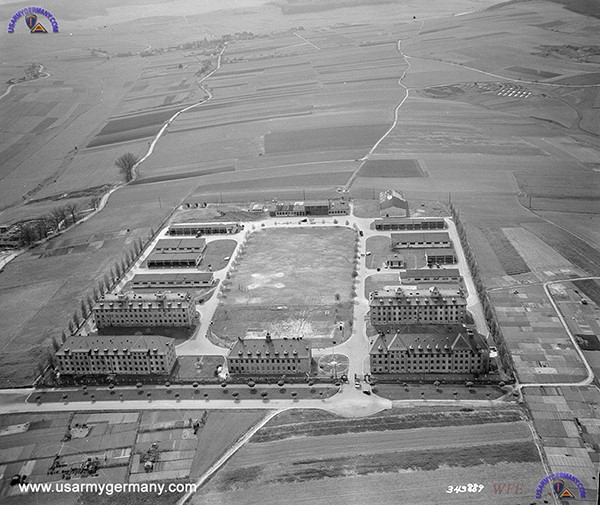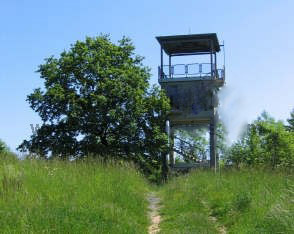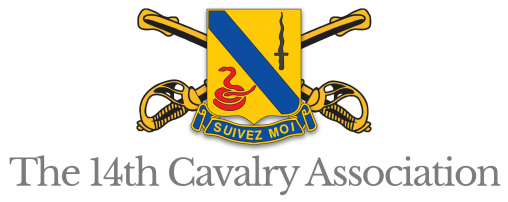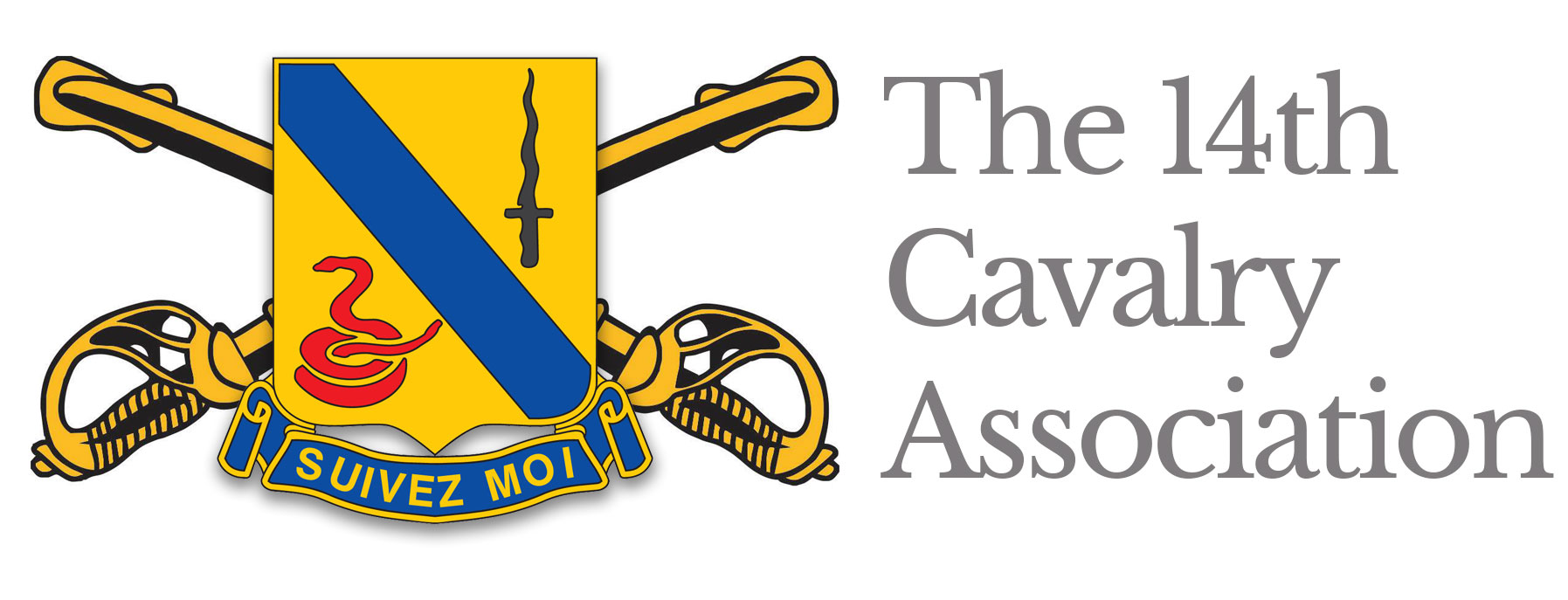An American Soldier in Fulda
A light snow fell as we departed the Frankfurt airport after arriving from the United States in mid December 1960. My sponsor, 1st Lieutenant Bobby Carter and his wife led me to their car, a 1955 Opel, I think.
Driving through the city I noted heavy but orderly traffic and colorful lights in the stores, their reflections cast on the gently falling snow. The scene brought to mind the coming holiday season and reminded me of the winters and Christmas seasons back home in Wisconsin.
But being in an Army unit that patrolled and protected the East-West Inter-zonal border is what I wanted when I joined the Army six months earlier as a 2nd Lieutenant.
As we drove out of the city I began asking questions about Germany and the Army unit that my sponsor was in and I was about to join. I saw a sign that read “Route 40” and I asked, where are we going? Fulda, he answered, a wonderful and historic baroque city. It was chartered in 1157 and is the site of a beautiful Benedictine abbey founded in 744. It’s where the headquarters of the 14th Armored Cavalry Regiment (ACR) is located, on a military kaserne built in 1937 for artillery observation units

and originally named for German General Erich Ludendorff a World War I hero. It was later called Downs Barracks.
Since 1952 it has been the headquarters of the Regiment and its 1st Squadron. The 2nd Squadron is in Bad Kissengen, at Daley Barracks, and the 3rd Squadron is in Bad Hersfeld at McPheeters Barracks. Each squadron has about 800 soldiers in it, he said, and the Regiment has smaller aviation, engineer, ordnance, medical and military intelligence units that support each squadron. The entire Regiment has about 3,000 soldiers, he added.
He said the Regiment was formed in 1901as a horse-mounted unit. It soon conducted two campaigns in the Philippines against insurgents and was later garrisoned in the Pacific northwest, then along the Mexico-Texas border and finally in Iowa and Illinois.
By 1943 the Regiment converted from a horse-mounted to a mechanized unit, outfitted with jeeps, armored cars and tanks. It became the 14th Cavalry Group. It landed at Normandy’s Omaha Beach in September 1944. The Group fought through St. Lo, France, into St. Vith and the Losheim Gap between Germany and Belgium, at the Battle of the Bulge in Belgium, moved into Germany through the Huertgen Forest, captured the Ludendorff railroad bridge at Remagen, one of the last two standing bridges over the Rhine in March 1945, and finally into the Rhineland and the Ruhr Pocket. The 14th Cavalry Group stopped fighting on May 8, 1945 near the Austrian border on the Inn River.
After the war the name of the unit was changed to the14th Constabulary Regiment. It performed occupation duties in central Germany. And he added with obvious pride, “the Regiment was the only U.S. Army unit that hasn’t left Germany since World War II.” (And it would not depart until it turned its border mission over to the 11th ACR in 1972.)
As we talked I remember we passed signs along route 40 that read Hanau, Giessen, Schluchtern and Schlitz. The homes and shops impressed me; they were very colorful and well-kept. And the rolling countryside was similar to the terrain in central Wisconsin, where I came from and where dairy farming and cheese making are common occupations among its many immigrants from Germany and the Scandinavian countries.
He told me the Regiment’s mission was to provide security for the German people by being constantly alert to any movement by Soviet or Warsaw Pact forces. That required vigilance along the intra-German border from the vicinity of Lichtenberg on the south to the vicinity of just northeast of Kassel in the vicinity of Hebenshausen every day and night. And if an attack were to occur, he said, the Regiment was to delay and defend against the Soviet 8th Guards Army on the other side of the border. He remarked that the Fulda Gap, the westernmost point of East Germany, was considered a strategic area since the days of Napoleon’s defeat at the Battle of Leipzig, his victory in the Battle of Hanau, and the eastward advance of the U.S. XII Corps during World War II in late March-early April 1945.
The snow continued as we drove through Fulda and turned up a slight hill toward a soldier standing at a gate leading into Downs Barracks. He presented a sharp salute and waved us into the kaserne. We stopped at the headquarters of the 1st Squadron. I entered a long and narrow two-story building and looked for the office to sign-in for my three-year assignment in the 1st Squadron.
I became the leader of one of the three platoons in Delta Troop, the squadron’s “tank troop” outfitted with 17 tanks. Their maneuverability, armor and 90-millimeter guns provided defensive power. The other troops, A, B and C, each also with three platoons, were reconnaissance troops. They had jeeps for forward observation and patrolling, 4.2-inch mortars in armored vehicles for indirect fire and tanks for direct fire. The jeep-mounted soldiers in the “recon” platoons were called “scouts.” They patrolled the border and manned ground- and tower-based observation posts (OPs) and listening posts (LPs) along it day and night every day of the year.

Because my family was not with me until February 1961, I volunteered to be the border patrol officer during the holidays so my married fellow lieutenants wouldn’t be away from their families. Despite the long hours, cold weather and hazardous road conditions along the squadron’s nearly 200-mile border area, I enjoyed the duty. There was nothing like being bundled in a winter parka and fur hood, wearing insulated rubber boots (that looked like the feet of Mickey Mouse) and riding in a topless jeep with its windshield down and no heater. Not when we stopped to buy fresh brochen and hot soup along the way. And especially not when we stopped in the villages to give candy and toys to children and heard them exclaim “aimee, aimee.” What a warming delight.
I later served as Squadron Assistant S-3 (Operations), Executive Officer of B Troop, and finally, Squadron S-1 (Adjutant) to Squadron Commander William L Webb, Jr. Given the Regiment’s mission, the daily activities of our soldiers involved training to sharpen their individual and unit skills and to maintain their individual and crew equipment and weapons in a high state of readiness. Units conducted maneuvers away from the kaserne on private property in the area and weapons firing at Wildflecken. To further assess the achievement of our readiness goals the entire squadron conducted monthly tests known as “alerts.” They required every unit to move from the kaserne to a designated location and undergo inspections of individual and unit equipment and vehicles within two hours to ensure they met readiness standards. And once each year we loaded our tracked vehicles—tanks, mortar and personnel carriers, and 105-mm artillery guns—onto Bundesbahn flatbed cars and went to Grafenwoehr where we engaged in tank, mortar and artillery live fire exercises.
Sometimes the off-kaserne training and alerts caused damage to property unfortunately. Knowing that, an officer or senior non-commissioned officer usually accompanied units and contacted the owners of damaged property who were told they would be compensated for the cost of the damage. We tried to prevent damage in the first place however. We all appreciated the German people who tolerated, understood and supported our need to maintain a high state of readiness to protect Germany and central Europe, in view of the U.S.-German partnership in NATO.
One of the many highlights of serving in Germany was my contact with the many–perhaps 100-150–Germans who were employed by the U.S. Army and supported us every day. They were tailors in each unit; workers in the “mess hall” (the dining facility), several of whom went with us on field maneuvers; landscaper and groundskeepers; barbers and hair stylists; mechanics in the auto shop; and employees in the commissary (grocery store) and in the Post Exchange (a small department store). Many helped me
learn some German language. Their contributions to our mission were important. All of them were wonderful people.
I enjoyed many other contacts with German people as well. Shopping for German made wooden figurines, clothing and fresh fruit and vegetables was always enjoyable. As were my associations with a helpful and friendly landlord, those I met in gast houses and around stammtisch tables, during volks marches and with whom I gathered during fasching. Those activities were new to me except in spirit. Having lived among a German population I knew the friendliness and generosity of the German people. And I learned as well about the craftsmanship and reliability of German cars (I bought a 1961 Volkswagen “Beetle”).
The Regiment’s highly important mission and my associations with German people were the highlights of my three years in 1-14 Cavalry.
To this day, after 30 years in the Army, during which I commanded an Armor battalion in Baumholder for two years and enjoyed two assignments at NATO’s Supreme Headquarters Allied Powers Europe (SHAPE) alongside several outstanding German officers and soldiers, memories of my time in Germany and Europe are among my most wonderful.
Gordon T. Bratz, 2nd to 1st Lieutenant
D Troop, B Troop and Headquarters & Headquarters Troop
1st Squadron, 14th ACR
1960-1963
Colonel, Retired, 1990

